What is Triethylene Glycol?
Triethylene glycol (TEG) is a clear, odorless, viscous liquid that belongs to the glycols. This group of compounds is often used as a solvent, wetting agent or stabilizer.
Features
It is soluble in water and many organic solvents, has antimicrobial properties and is somewhat hygroscopic – it attracts moisture. It is known for its low toxicity compared to other glycols and is sometimes even used as an air disinfectant.
Use in DIY Cosmetics
In homemade cosmetics, triethylene glycol is mainly used as:
- Humectant (humectant) – it helps keep the skin hydrated by attracting water.
- Solvent – for dissolving fragrances or active ingredients.
- Preservation aid – thanks to its slight antimicrobial action, it helps prevent spoilage.
- Texture enhancer – makes emulsions and gels smoother and more pleasant to apply.
Typical applications:
- Gels (such as facial gels or aloe vera blends)
- Water-based eye makeup removers
- Light serums
- Hair gels and styling sprays
Recommended amounts in cosmetics:
- 0.5% – 5% depending on product type.
In moisturizing serums and gels, 1% to 3% is often used.
Use in Soap
In soap (especially in transparent or “glycerin” soap), triethylene glycol can:
- Help preserve moisture in the finished product
- Contributing to transparency
- Improve the texture
- Slightly extend shelf life due to its slightly antimicrobial properties
Quantity in soap:
- 1% – 5% in melted and poured soap (Melt & Pour)
At higher doses, the soap may become soft or feel sticky.

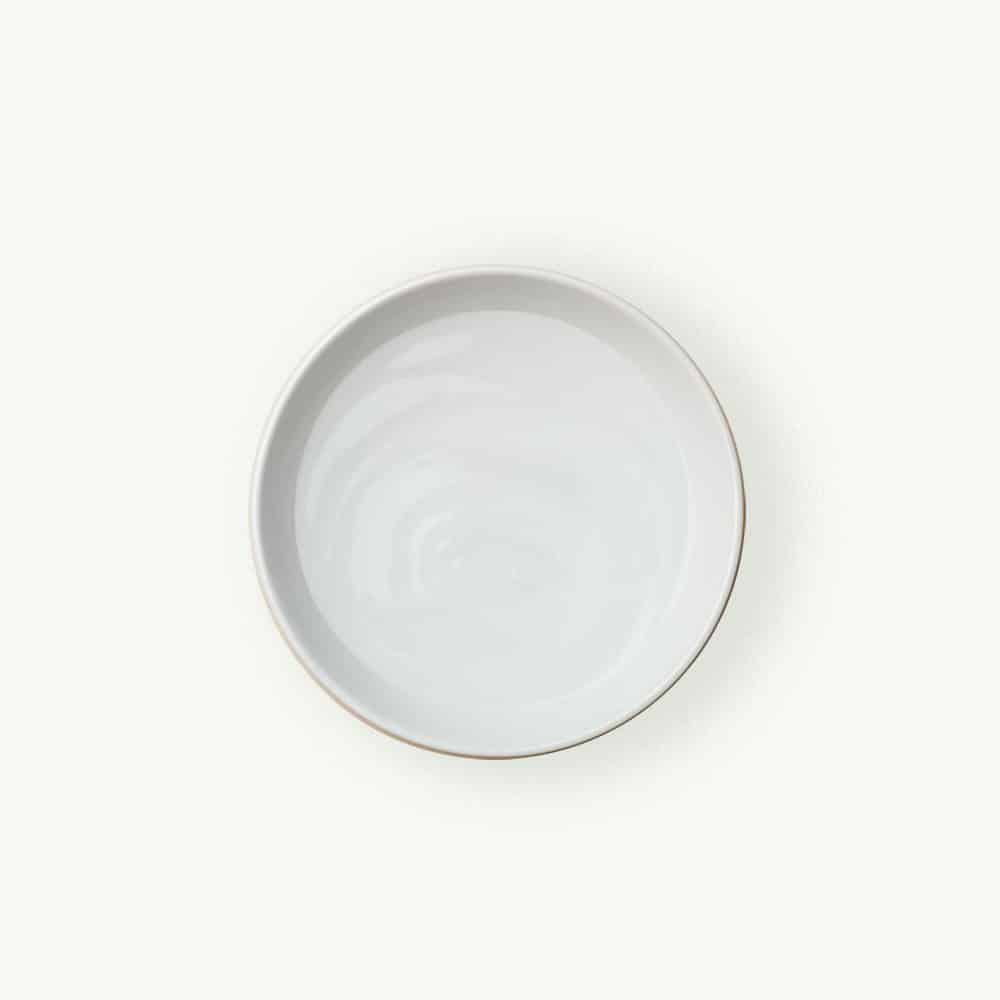
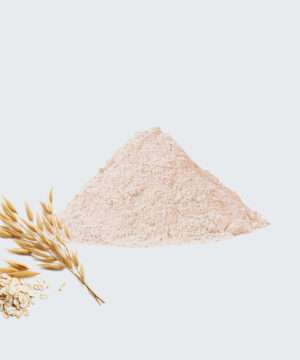
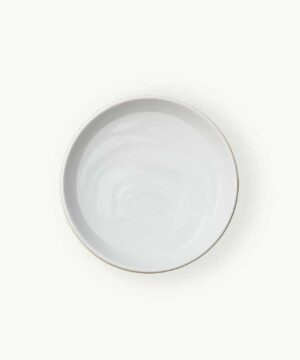

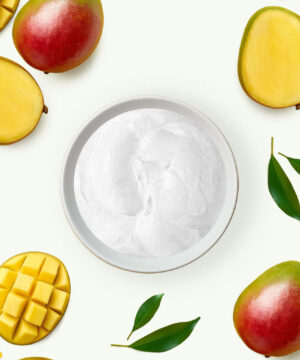
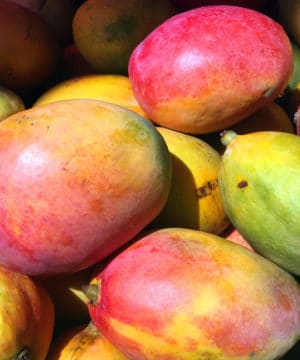
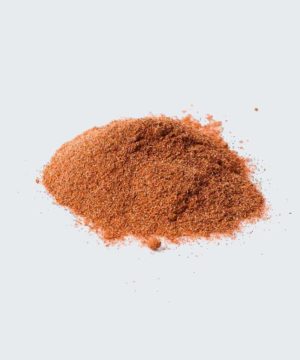

Reviews
There are no reviews yet.